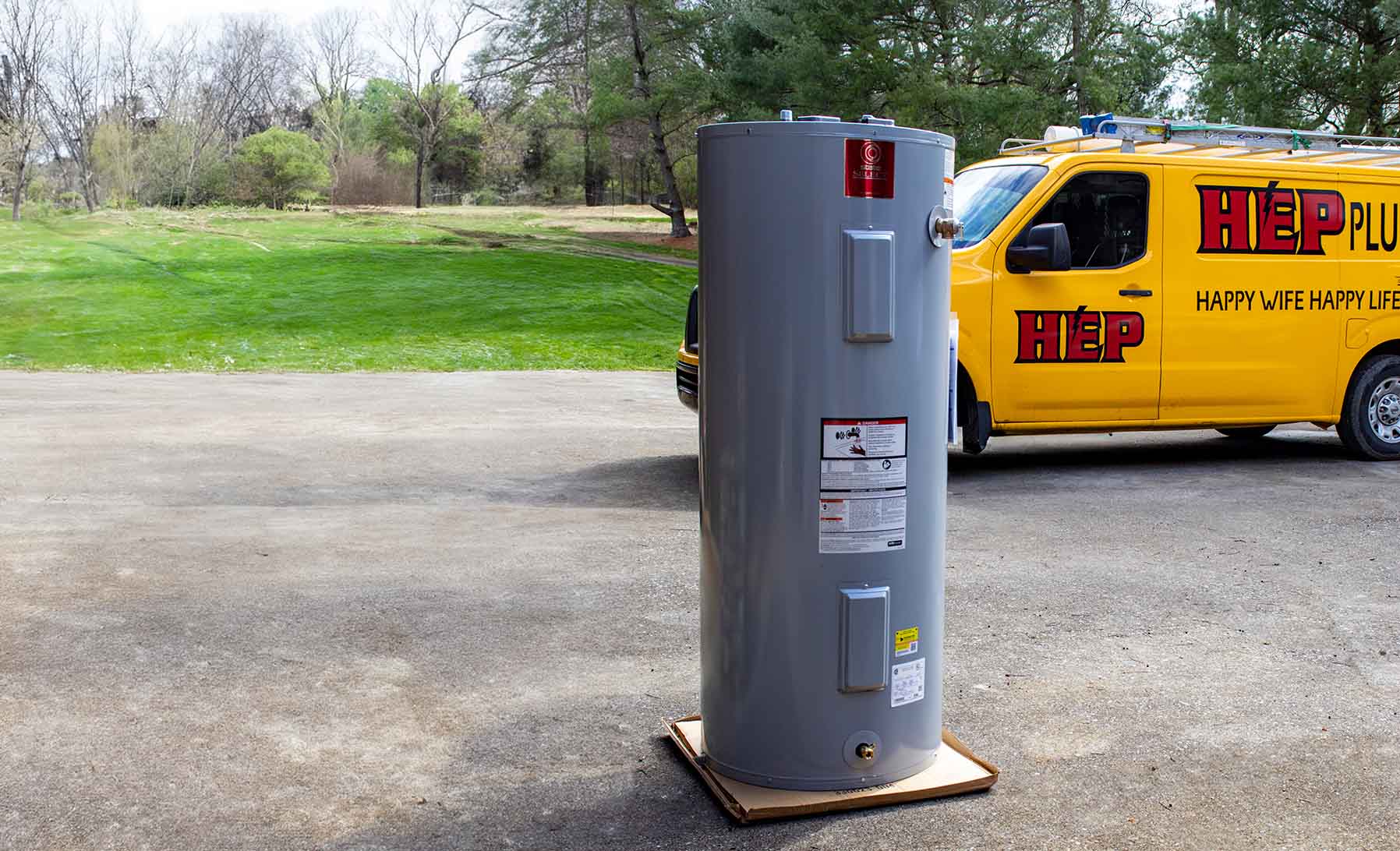

Fluctuating Temperatures
Your trusted partner for professional home services. Quality workmanship, guaranteed satisfaction.




- HEP
- Fluctuating Temperatures
Fluctuating Temperatures | Tank Water Heater | Plumbing | Strawberry Plains
Ever been midway through a relaxing shower in Strawberry Plains only to yelp as the water turns frigid—or worse, scalding hot? Fluctuating temperatures are more than an inconvenience; they signal buildup, failing elements, or sediment issues that rob you of comfort and drive up energy costs. HEP’s local pros arrive fast, trace the pressure and temperature swings to their source, and restore steady, safe flow so you can trust every faucet in your home again.
If your current tank water heater is past its prime, we’ll guide you through efficient replacement options, haul the old unit away, and install a new model backed by our workmanship guarantee. From same-day repairs to routine flushes and thermostat calibrations, HEP keeps Strawberry Plains households in hot water for all the right reasons—no fluctuating surprises, just reliable warmth when you need it.
FAQs
Why does my tank water heater produce fluctuating water temperatures?
In most Strawberry Plains homes, temperature swings come from a combination of thermostat issues, sediment buildup, and worn-out heating elements. When sediment coats the bottom of the tank or the elements themselves, the unit struggles to sense and heat water evenly. A faulty thermostat can also cycle on and off at the wrong times, allowing water to cool before it reaches the tap.
How can I troubleshoot inconsistent hot water before calling a plumber?
First, verify that the water heater’s thermostat is set between 120 °F and 125 °F. Next, open the temperature-pressure relief valve briefly to purge any trapped air that can cause ‘cold slugs.’ Finally, drain a gallon or two from the tank’s bottom; if the water is rusty or full of debris, sediment is likely the culprit. If temperatures still fluctuate, professional testing of the elements, thermostat, and dip tube is recommended.
What routine maintenance helps prevent temperature swings in a tank water heater?
Flush the tank every six months to remove sediment, test the T&P valve annually, and check the anode rod every two to three years. These simple tasks keep heating surfaces clean, maintain safe pressure, and prevent corrosion that can impede heat transfer—ensuring steadier hot-water delivery all year.
When should I replace the thermostat or heating elements instead of repairing them?
If diagnostic testing shows either part has failed continuity, heats erratically, or is overheating the tank, replacement is the most cost-effective fix. In Strawberry Plains, parts tend to last 6–10 years; if your unit is within this range and repairs exceed 30 % of the cost of a new heater, consider a full replacement to gain higher efficiency and manufacturer warranties.
Could fluctuating temperatures mean my water heater is undersized for my household?
Yes. If hot water turns cold during back-to-back showers or while multiple appliances run, the tank may be depleting faster than it can reheat. Use the ‘first-hour rating’ on the nameplate: it should meet or exceed the peak gallons your family uses in an hour. Upgrading from a 40-gallon to a 50- or 80-gallon tank, or adding a tankless booster, can eliminate temperature dips caused by demand overload.
Why hire a local Strawberry Plains plumber for water-heater temperature problems?
Local technicians understand the area’s hard-water conditions and municipal pressure variations that accelerate sediment buildup and thermostat wear. A nearby plumber can respond quickly, carry region-specific replacement parts, and ensure your unit meets Tennessee safety codes—restoring consistent hot water with minimal downtime.